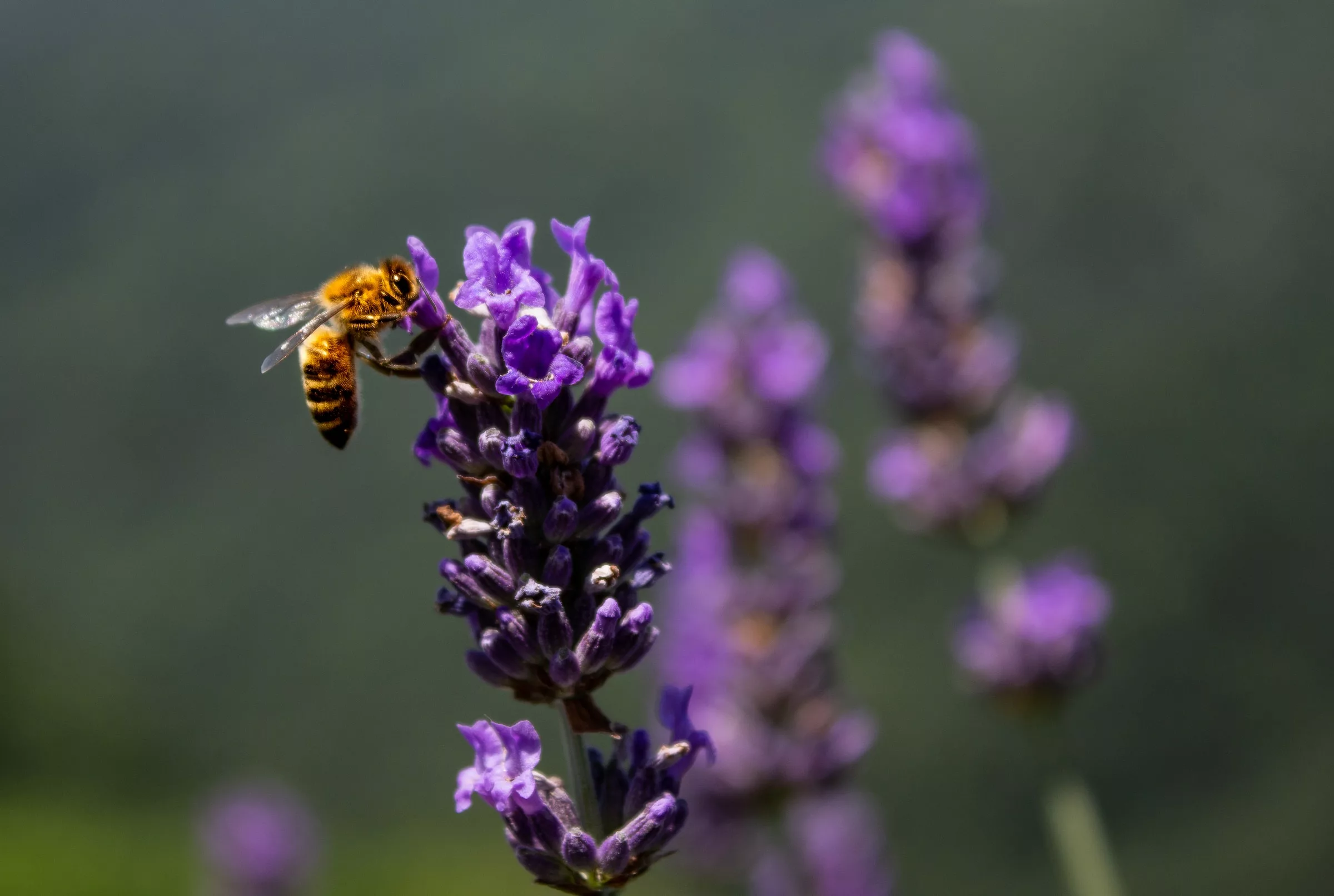For many gardeners, sustainability and supporting local ecosystems are important aspects of their gardening philosophy. If you’re growing vegetables, you might be wondering how you can also attract pollinators and wildlife to your garden. In this post, we’ll explore how to create a biodiverse vegetable garden that benefits both you and the environment.
The Importance of Flowers in a Vegetable Garden
While it might seem counterintuitive, incorporating non cropping plants vegetable garden will likely increase your yield. They attract pollinators and beneficial insects. Flowers provide nectar and pollen for bees, butterflies, and other pollinators throughout the growing season, ensuring that these essential garden visitors have a reliable food source.
In addition, flowers can attract beneficial insects like ladybugs and lacewings, which help control pests that may damage your vegetable plants. To support these insects effectively, it’s important to have a variety of flowers blooming throughout the season, as this will encourage regular visits from pollinators and beneficial insects.
Companion Planting
Companion planting is the practice of growing different plants together for their mutual benefit. This method can be particularly useful for attracting pollinators and wildlife to your vegetable garden. By combining vegetables with flowering plants, you create a rich and diverse environment that encourages biodiversity.
Here are some examples of companion planting that can benefit both your vegetables and pollinators:
- Plant marigolds or nasturtiums near tomatoes to deter pests and attract pollinators.
- Grow borage alongside squash and cucumbers to provide nectar for bees and enhance the flavor of your vegetables.
- Pair lettuce and spinach with calendula or cosmos to attract beneficial insects that prey on common garden pests.
Choosing the Right Flowers
When selecting flowers for your sustainable vegetable garden, consider the following factors:
- Bloom time: Choose flowers that bloom at different times throughout the season to provide a continuous food source for pollinators.
- Flower shape: Opt for a variety of flower shapes to accommodate different pollinator preferences. For example, tubular flowers like salvia and penstemon are perfect for hummingbirds, while flat-topped flowers like yarrow and Queen Anne’s lace are ideal for butterflies.
- Native plants: Incorporate native plants into your garden, as they are often better suited to local conditions and provide essential habitat for native pollinators and wildlife.
Some great flower choices for attracting pollinators and wildlife include:
- Sunflowers
- Coneflowers (Echinacea)
- Zinnias
- Bee balm (Monarda)
- Lavender
- Milkweed (Asclepias)
Remember to avoid using chemical pesticides in your garden, as they can harm both pollinators and beneficial insects.
By incorporating flowers, practicing companion planting, and choosing the right plants, you can create a sustainable vegetable garden that supports pollinators and local wildlife. Not only will this improve the health and productivity of your garden, but it will also contribute to a more eco-friendly and biodiverse environment.
Join Our Gardening Newsletter for More Tips
If you enjoyed reading this, don’t hesitate to subscribe to our newsletter for a wealth of gardening knowledge and insights. Stay up-to-date on the latest gardening trends, tips, and know-how, and make your green thumb even greener.



